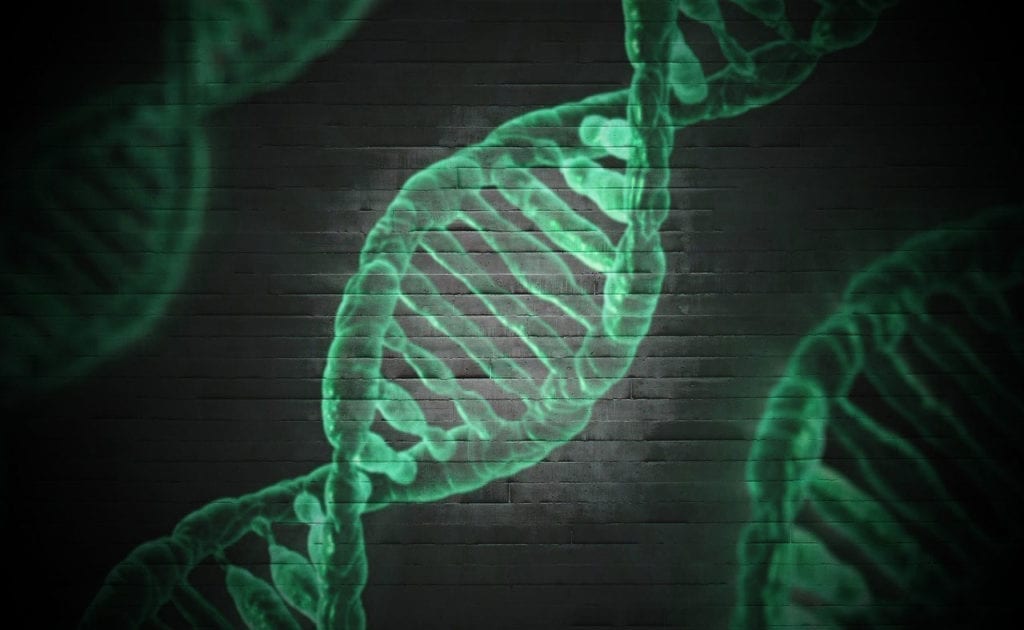In recent years, gene therapy has expanded to enormous heights. This experimental technique allows scientists to add, delete, edit, or otherwise use genes to address genetic malfunctions and disorders. Now, states Technology Networks, a study shows that gene therapy is effective for pediatric patients with spinal muscular atrophy (SMA). While 2019 brought an FDA-approved gene replacement therapy for SMA, this study is the first to discuss the safety and efficacy in all patients under 2 years old. Previously, the therapy was only studied in patients 8 months old or younger. You can find the full study results in Pediatrics.
Gene Therapy Study
In this study, researchers wanted to understand the safety, efficacy, and tolerability of onasemnogene abeparvovec-xioi, a gene replacement therapy. Through the intravenously-administered therapy, patients receive an AAV vector which delivers a functional copy of the SMN1 gene. Previously, this therapy was FDA-approved for pediatric patients ages 2 or younger. However, all 15 patients whose data helped spur that FDA approval were under 8 months old.
As a result, researchers wanted to test onasemnogene abeparvovec-xioi to ensure its safety and efficacy for patients aged 8 months to 2 years. They enrolled 21 patients aged 1 month to 2 years. During the study, researchers found that the treatment was safe and effective for patients with SMA types 1, 2, and 3. However, monitoring is needed. In older patients, or those with more body mass, the gene therapy shows potential for hepatotoxicity. Despite this potential issue, the results are promising. Symptomatic patients experienced motor function improvement. Those without symptoms, treated early on, never developed muscle weakness.
Spinal Muscular Atrophy (SMA)
Spinal muscular atrophy (SMA) is a rare genetic disorder characterized by muscle weakness and degeneration. Usually caused by SMN1 gene mutations, SMA prompts motor neuron damage and death. As a result, patients often experience difficulty walking, crawling, moving the head, and even breathing and swallowing. SMA affects 1 in every 10,000 people.
There are four main types of SMA, each with its own unique symptoms. First, Type I SMA, or Werdnig-Hoffman disease, is a severe form diagnosed at or quickly following birth. Symptoms include swallowing and breathing difficulties, developmental delays, and an inability to sit or support the head without help. Next, Type II SMA occurs between ages six to twelve months. These children are usually unable to walk or stand independently.
Then, in Type III SMA, or Kugelberg-Welander syndrome, patients experience symptom onset between early childhood and adolescence. These patients may experience progressive difficulty walking or climbing stairs. Finally, patients with Type IV SMA usually do not experience symptoms until after 30 years old. Symptoms include tremors and twitching, breathing problems, and mild muscle weakness.
Without treatment, SMA can be fatal within the first few years of life. Learn more about SMA.








